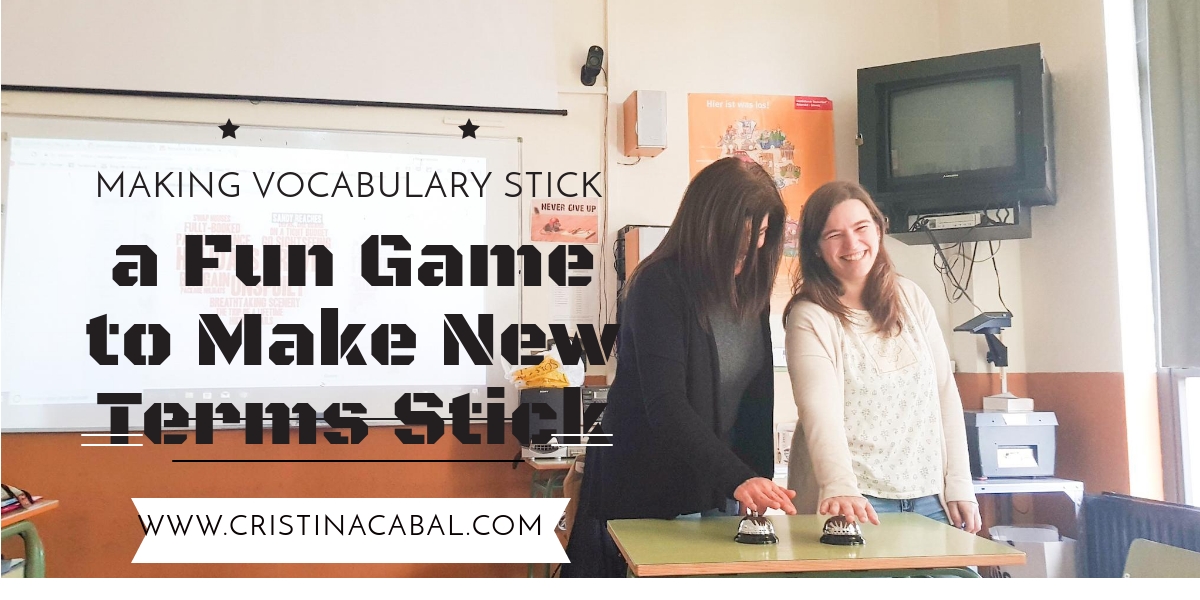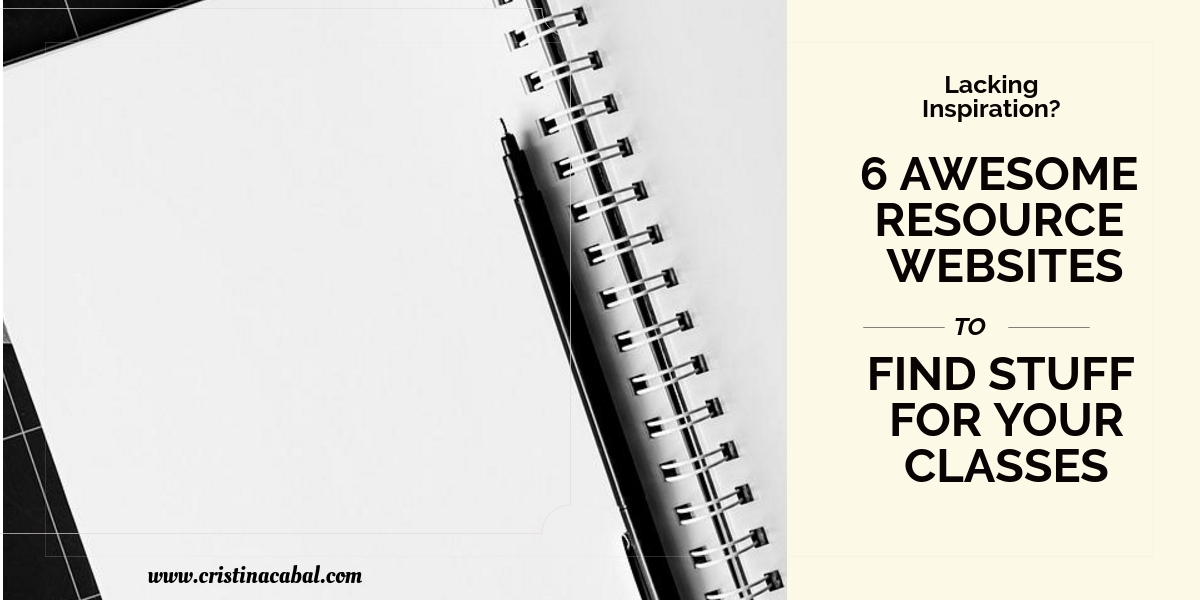As I thrust this lesson plan towards my students, I realize how little I know about what some environmentally-related terms mean. I know I have heard people talking about the carbon footprint and acid rain, but honestly, I have never given it much thought. I recycle. I really try to. I don’t eat meat and try to buy local products. But thinking hard. I guess that’s it. I am drowning in eco-guilt, but this needs to change.
I have promised myself two very simple things: to use reusable shopping bags and to cut down on the minutes I spend singing in the shower. The shower thing is going to be hard. Really hard.
I have just read in the The Guardian this list with 50 easy ways to save the planet. Really, point 16 and 34 are just gross.

This lesson is aimed at students with a language level of B2 (upper-intermediate) and focuses on revising, learning and using vocabulary related to the environment and environmental issues through a variety of engaging activities which will help them improve listening and speaking.
You can see this lesson in digital format here and you will also find it embedded at the end of this post
Introducing the Topic
On the board, write I’m eco-guilty of … Ask students in pairs to discuss their environmental dirty secret and then come up to the whiteboard and write it down. Help with vocabulary and then, discuss some the eco-sins written on the board.
Listening: How Environmentally Friendly are you?
- Lead in: ask students, in pairs, to write their best tips on how to be environmentally friendly. Write their suggestions on the board.
- Listening Comprehension: How to be environmentally friendly.
This is a note-taking exercise. Students listen to some more tips and write them down. Comment on the tips. Correct using subtitles.
Vocabulary: Revising and Introducing New Vocabulary.
After doing the previous activities, students will probably have learnt lots vocabulary. Yes, I know. Wishful thinking. Anyway, let’s keep trying. Draw a mind- map on the board and brainstorm newly-acquired vocabulary drilling pronunciation. Introduce some new terms if appropriate.
Here’s the vocabulary my students will need to learn and use.
Speaking Activity using Posters
An activity my students always enjoy is gallery-walking. It gives them the opportunity to get out of their seats and interact with other students in the class.
- Display posters on the walls containing some predictions about the future. See my posters here.
- Ask students, in pairs, to write on a post-it (a scrap of paper+ sellotape would do) a list of 5 words or expressions they have learned related to the topic. Take their lists and put them on the walls next to the posters. There should be at least one list per poster.
- Gallery Walk: ask students, in pairs or small groups, to stand up and discuss the sentences written on the posters making sure they use some of the words on the list.
Listening: Environmental Issues our Planet is Facing.
- Warm up: Ask students, in pairs, to brainstorm environmental issues our planet is facing. Write their suggestions on the board and discuss them.
- The listening task: Play the video below ( only from 0:00 to 1:35)and ask students to find the answers to the following :
- How old is the earth?
- How old is the human race?
- List 4 general problems mentioned in the video related to the sea, the animals, the ocean and climate change
Check their answers. Play the video with the subtitles on.
Speaking
- Discussion Questions:
In this part, students will work in pairs. Encourage the use of the vocabulary they have learned in previous exercises. Use the lists of vocabulary students wrote for the posters activity, giving each pair of students one of these lists. Ask them to swap lists as we move through the questions.
Embedded below. you will find the online lesson with the questions for discussion. Just scroll down the different activities.
- Picture Prompted
Students, in pairs, talk about the topics suggested in the pictures. Brainstorm ideas for a minute or so, and ask them to speak for about 4 minutes.
There are two sets of pictures.

Photo credit: Frits Ahlefeldt – FritsAhlefeldt.com on Visual hunt / CC BY-NC-ND
I hope you have enjoyed the lesson.








